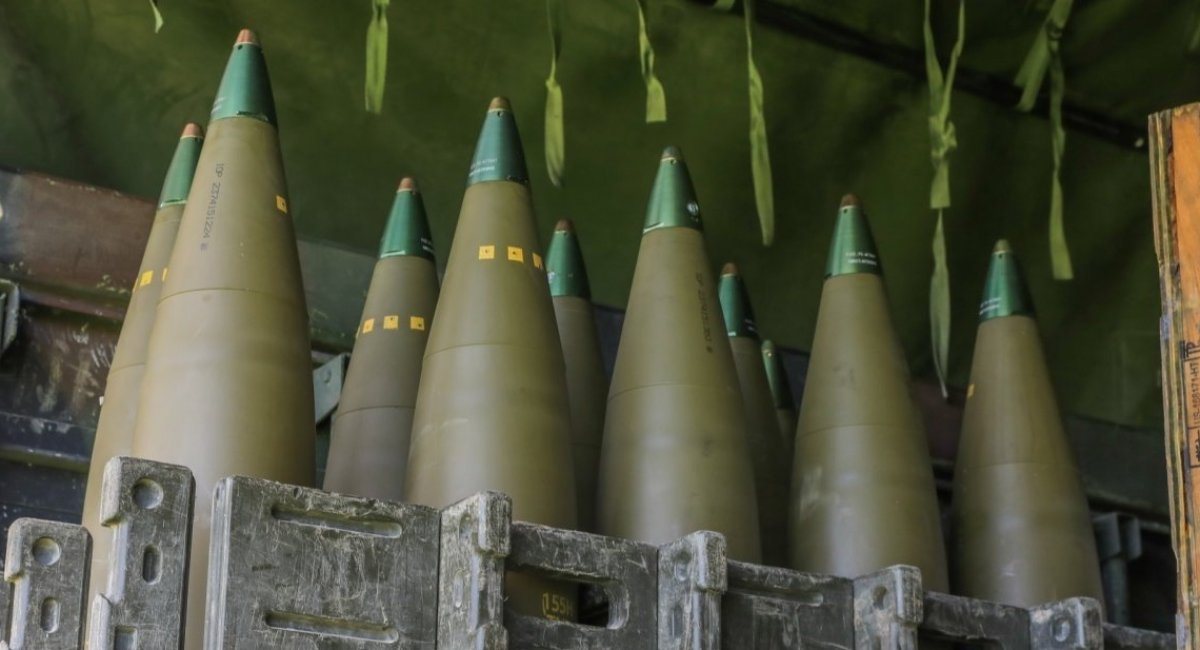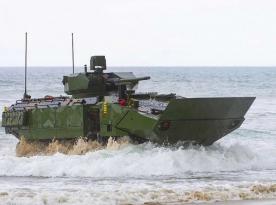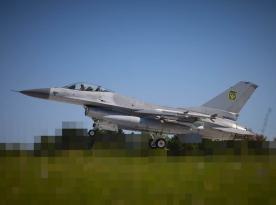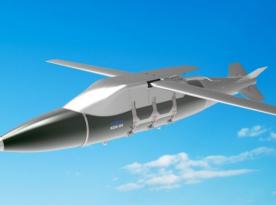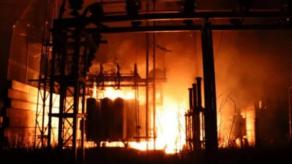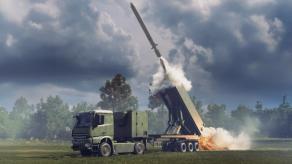United States, after decades of neglecting the munitions sector in its defense industry, has finally turned attention to the problem the full‑scale russian invasion of Ukraine in February 2022 prompted action. Since then roughly $5.5 billion has been allocated to build new production capacity, which has had a positive effect on the industry.
For example, as John Remy, Major General and Executive Director of the Joint Program Executive Office for Armaments and Ammunition (JPEO), notes, over the past year he attended nine ribbon‑cutting ceremonies at new facilities and he stresses that the U.S. is now bringing new capabilities online and replacing outdated manufacturing methods.
Read more: Revolution in Fire Control is Begins With FAAD C2 Replaced by Anduril
However, Breaking Defense points out an important caveat: according to Remy, the bulk of the investment — probably 95 percent, has gone into 155 mm artillery rounds. That means demand for other types of munitions (with the exception of 6.8 mm small arms ammunition) has effectively been ignored, from mortar rounds to tank ammunition.
Even with the money poured into 155 mm production, the U.S. is missing its own production targets. As of June this year output stood at 40,000 rounds per month, while plans announced in 2024 called for reaching 75,000 155 mm rounds per month by April.

However, the question of ramping up production of other munitions remains relevant. As Major General Remy emphasizes, the priority today is not simply to maximize output of any single munition type, but to build flexible plants that can adapt to battlefield needs.
We have specialized production lines at existing facilities optimized for mass production, and when we're not producing in large quantities they become highly inefficient, he notes.
Remy's solution is to construct factories that can switch between producing different types of munitions as required.That can be achieved by simple software changes and minor equipment swaps, he says.
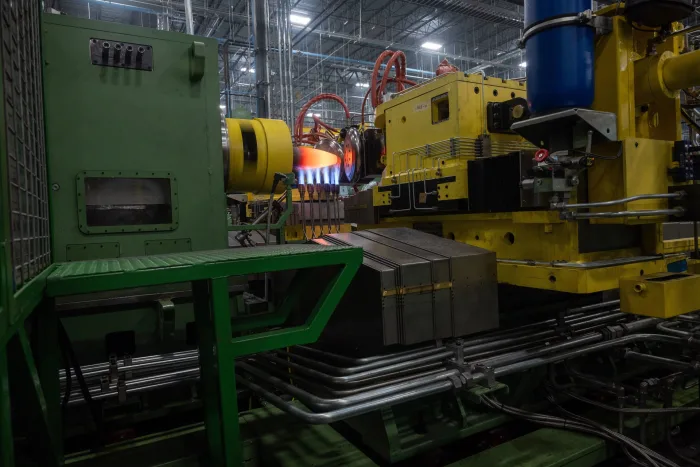
In practice, however, it proves more complicated. Last year the U.S. opened the Universal Artillery Project Lines (UAPL) plant in Mesquite, designed primarily to produce components for 155 mm rounds but able, if needed, to shift to 60 mm mortar rounds or other calibers.
Yet the contractor for the project, General Dynamics, has faced difficulties running three such production lines continuously problems both with timely performance under the contract and on the technical side and the Army is threatening to terminate the contract if the issues are not resolved.
Earlier, Defense Express covered why the U.S. arsenal bought 30 tons of powdered sugar.
Read more: Inspired by Ukraine, Britain Integrates FPV Drones into Naval Drones




